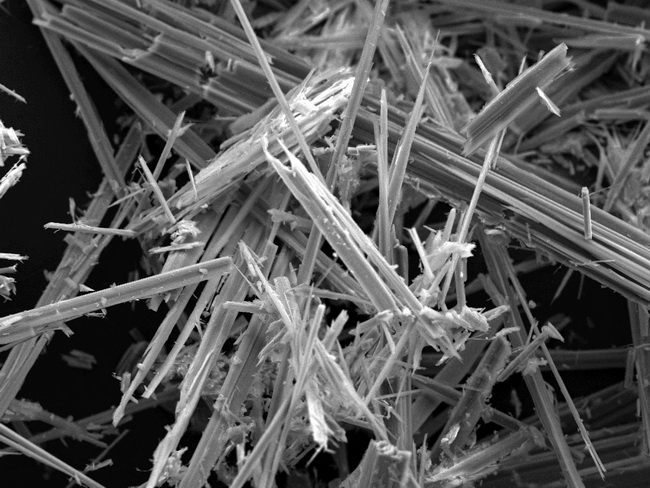Asbestos Types


Comments:
The development of malignant mesothelioma has been linked with asbestos exposure. However, bonafide cases have occasionally also occurred in individuals with no history of exposure to asbestos. Asbestos is a group of six silicate minerals which occur naturally in soil and rocks as bundles of fibers. Each visible fiber is composed of millions of microscopic fibrils which are released by abrasion and wear and tear. They are divided into two major groups: 1) Serpentine asbestos – it includes chrysotile (white asbestos) which has long, curly fibers that can be woven. This form of asbestos has been most widely used in commercial applications. 2) Amphibole asbestos – which has long, straight, needle-like brittle fibers and much more limited applications than chrysotile asbestos. Amphibole asbestos includes – crocidolite (blue asbestos), amosite (brown asbestos), anthophyllite, tremolite, and actinolite. Among all asbestos types, chrysotile and amosite are most common. This image is a scanning electron micrograph of anthophyllite asbestos. Photograph courtesy of: U.S. Geological Survey.



